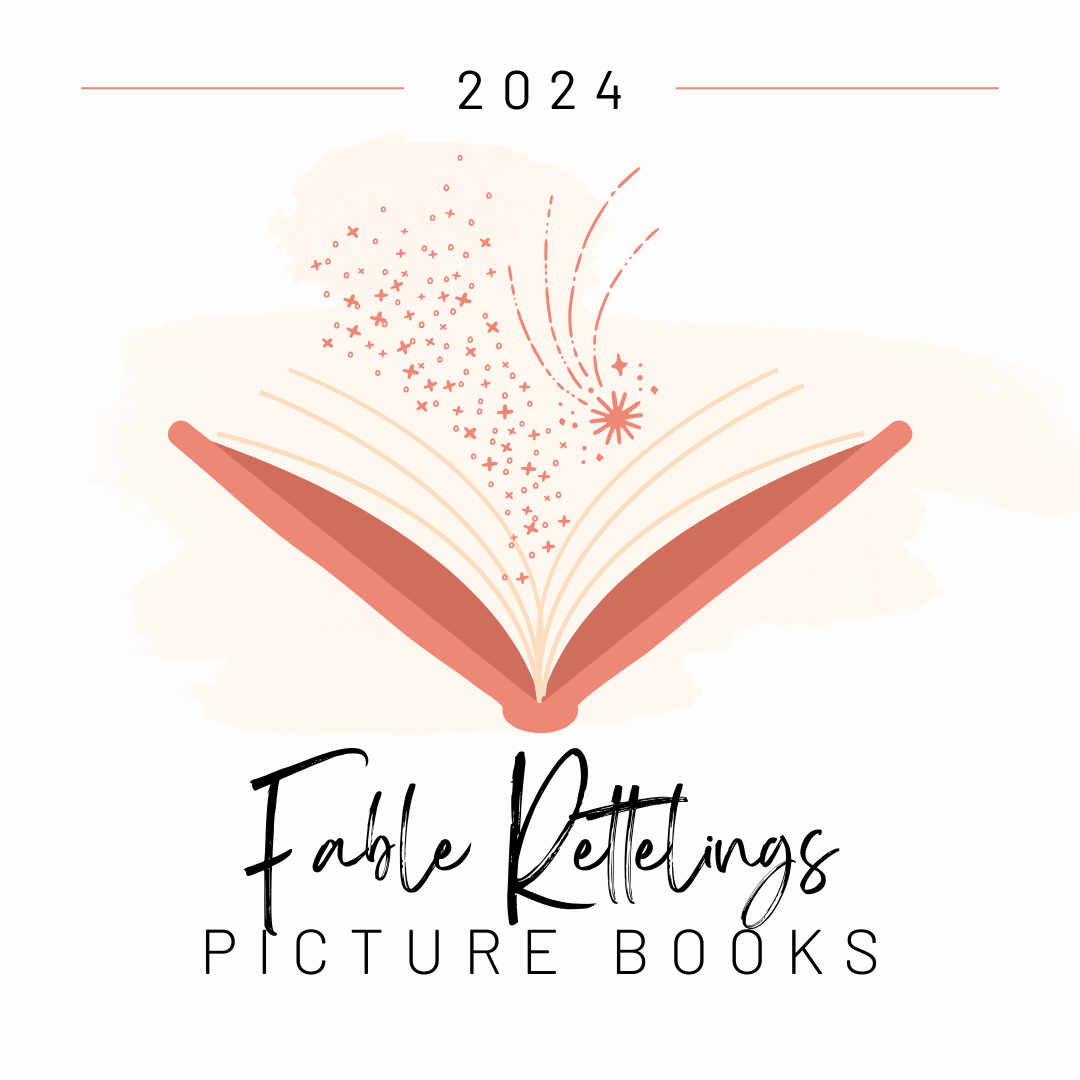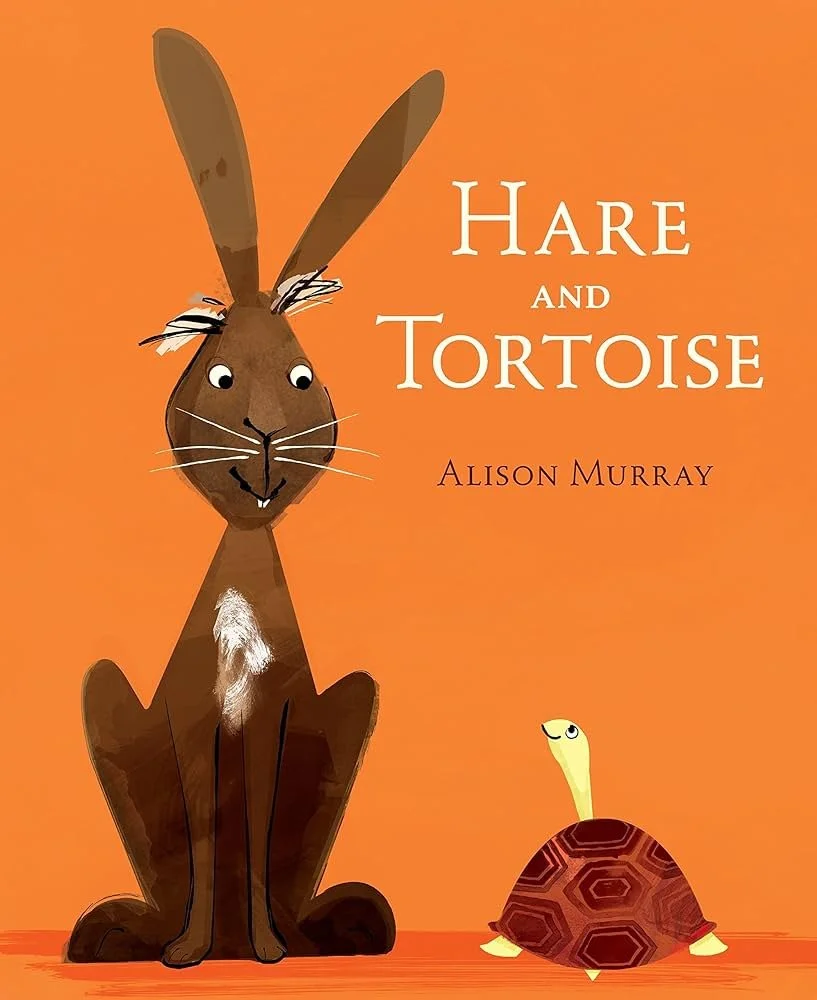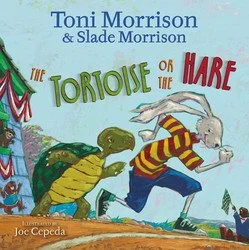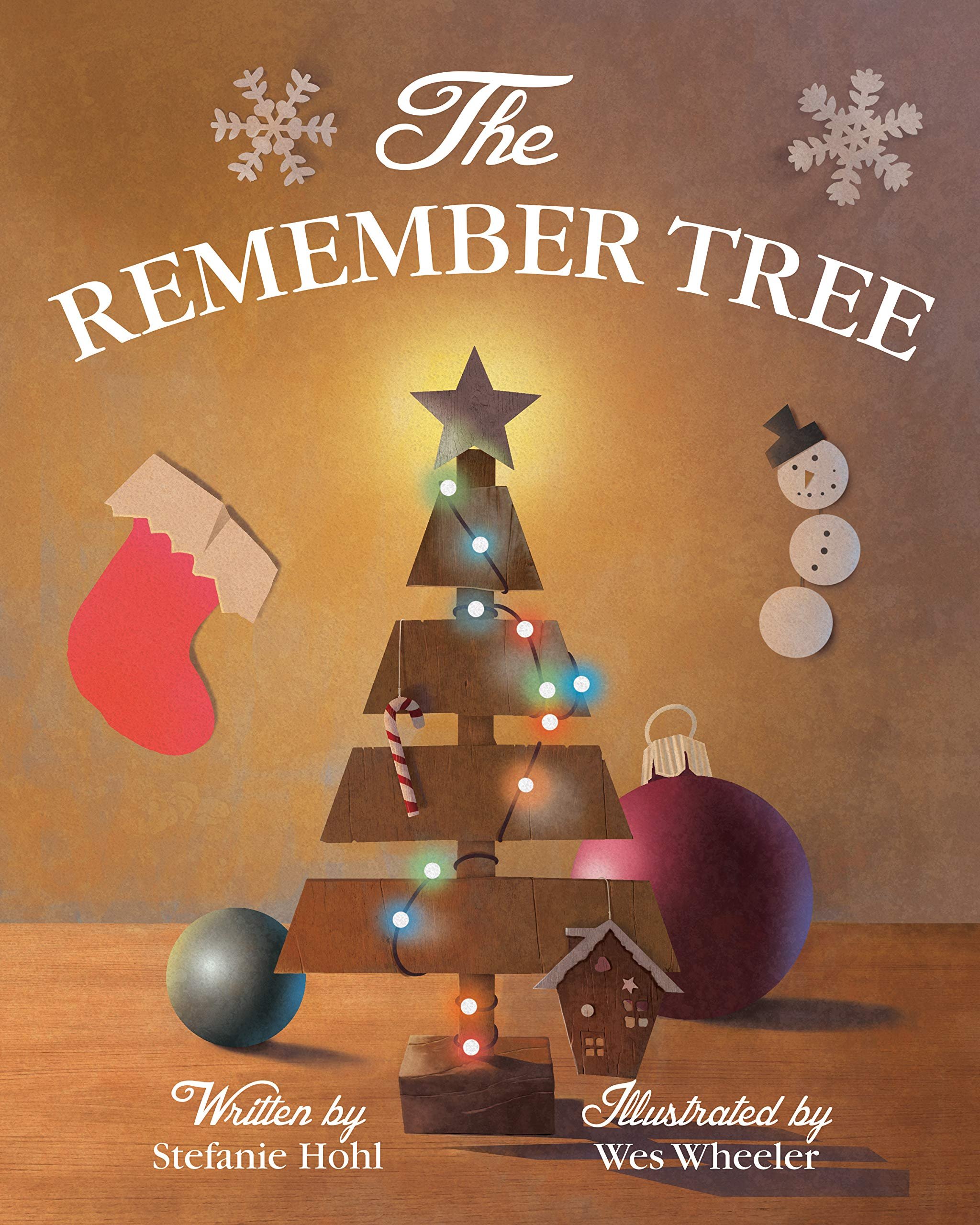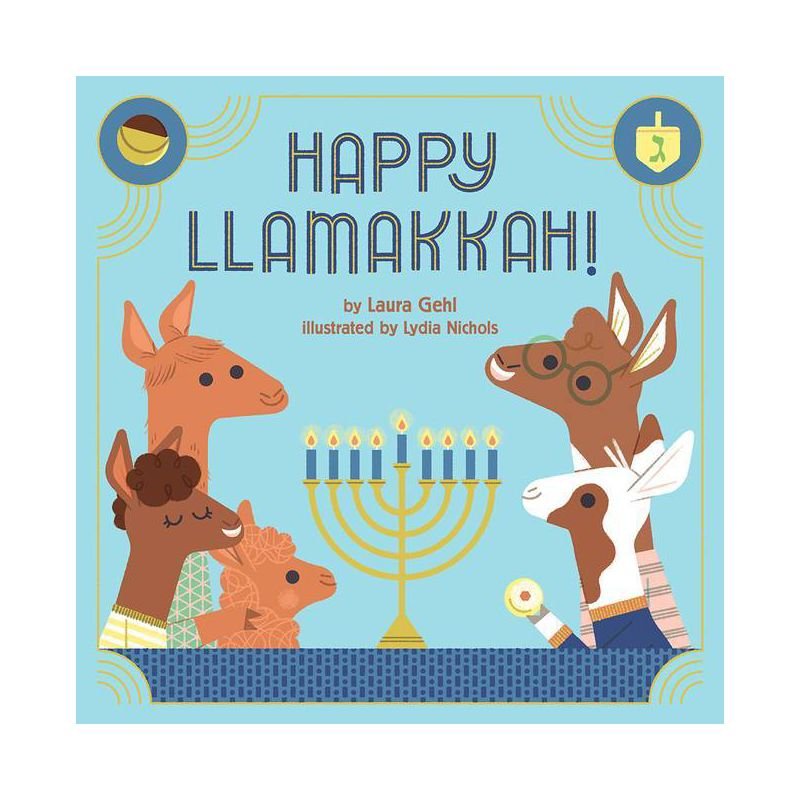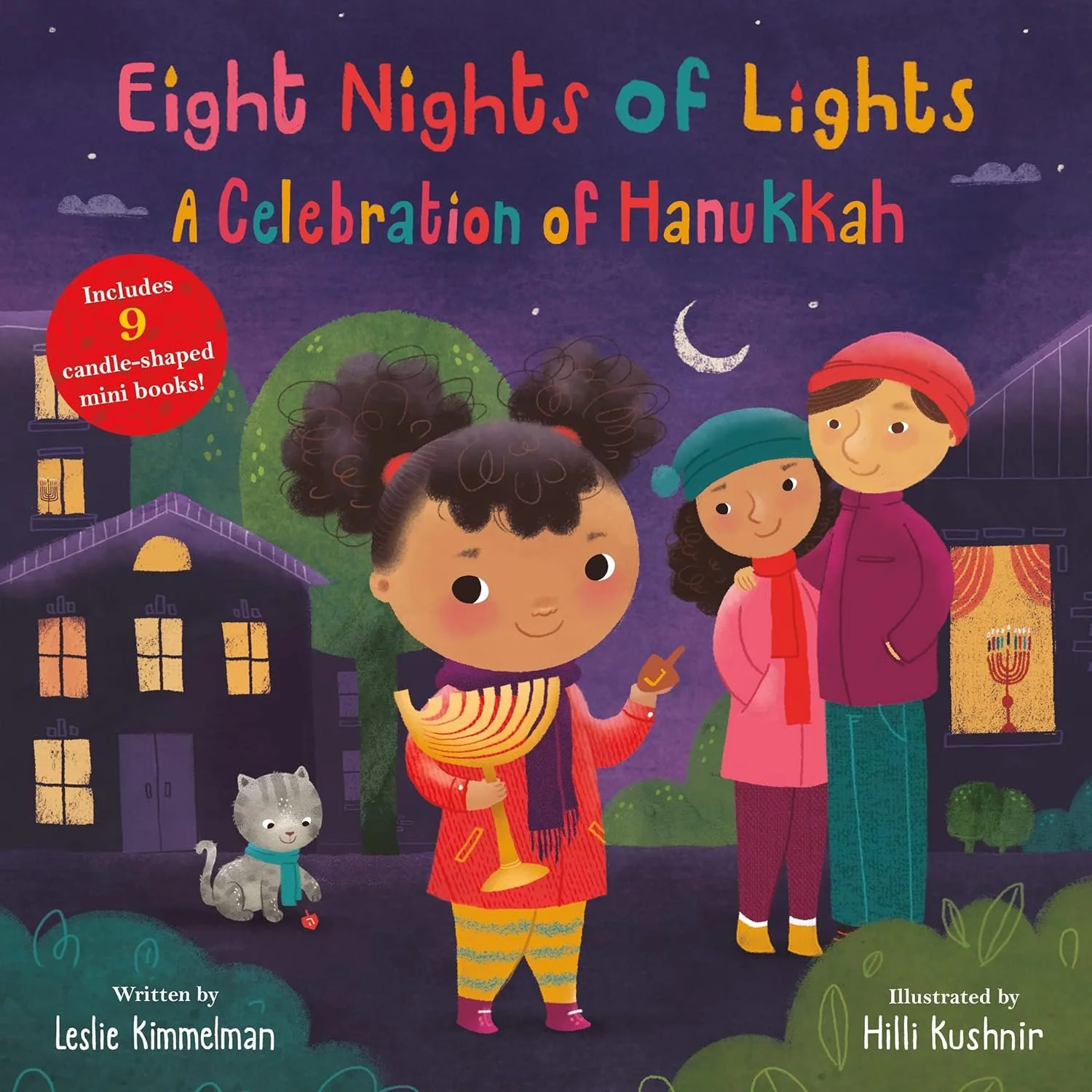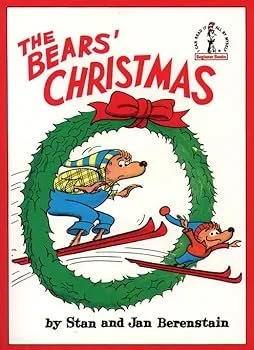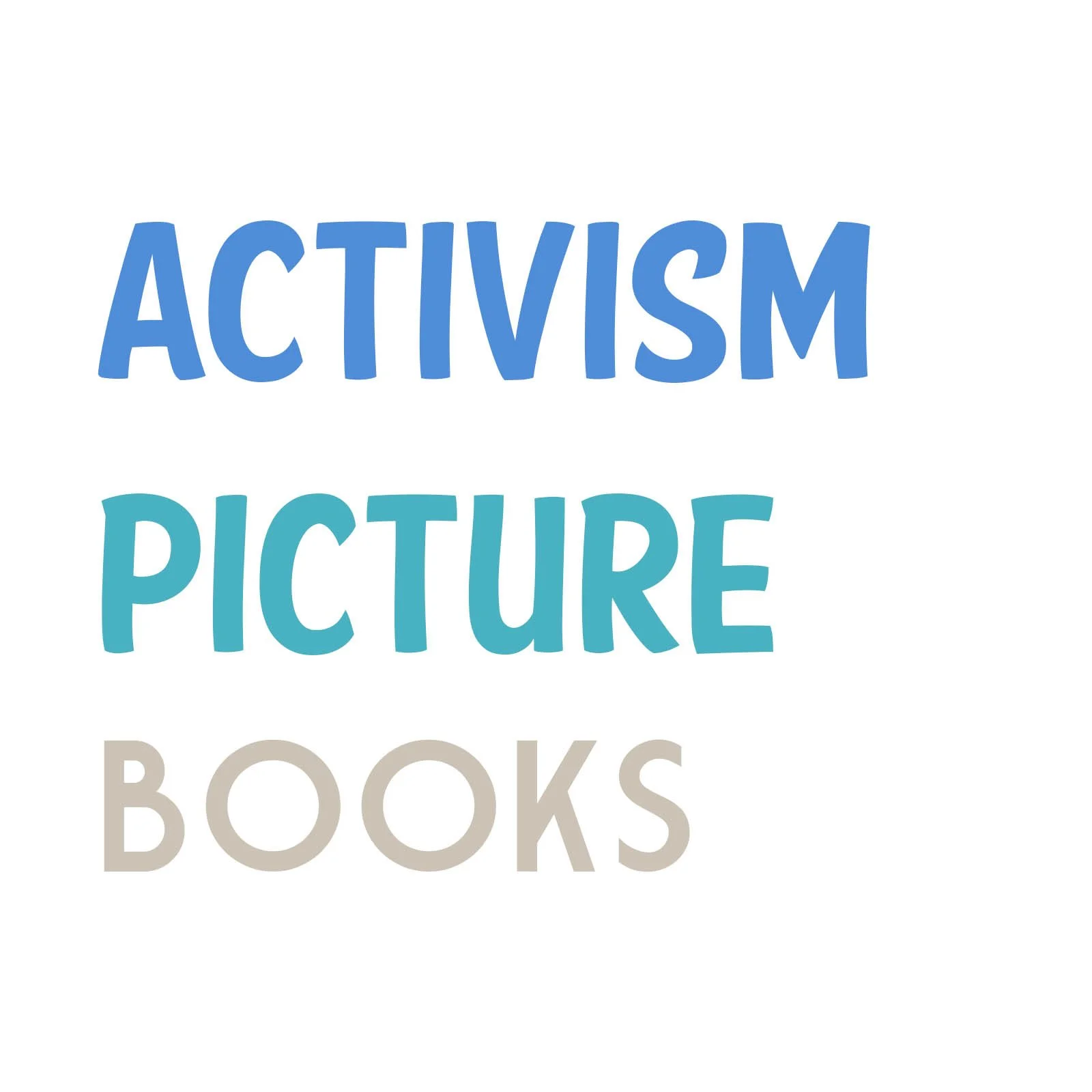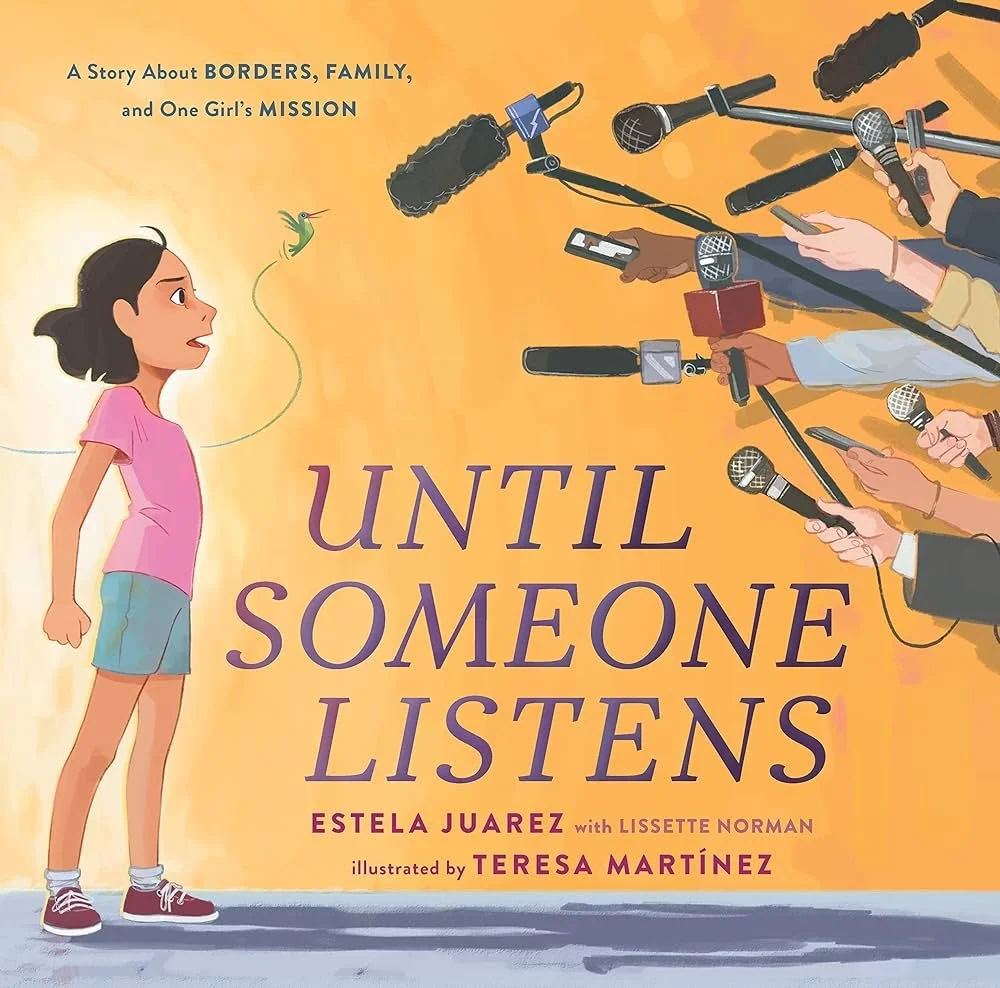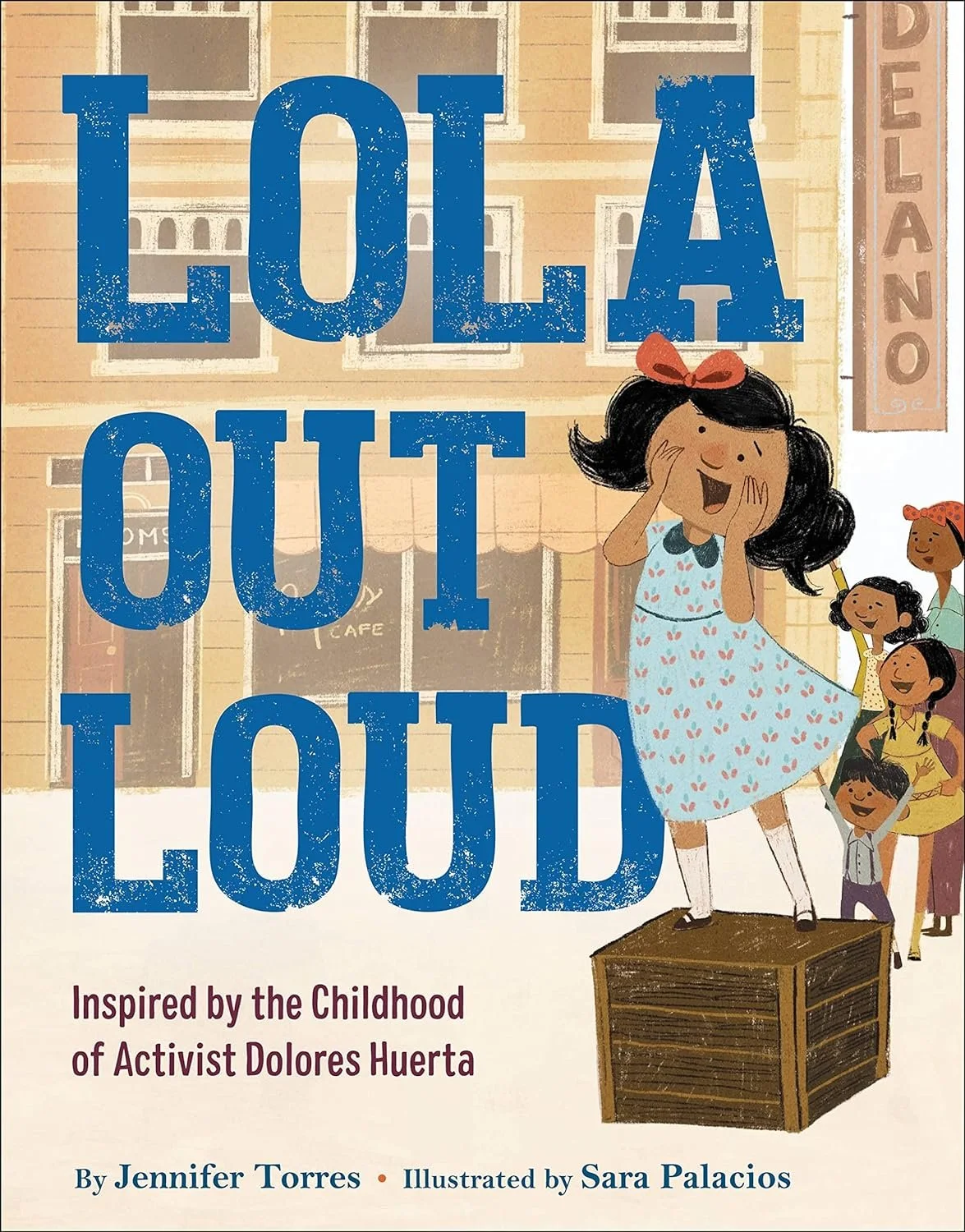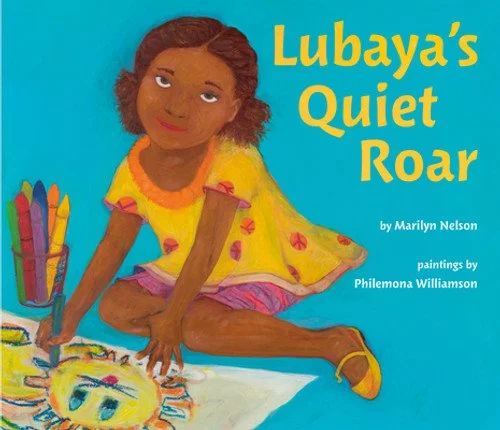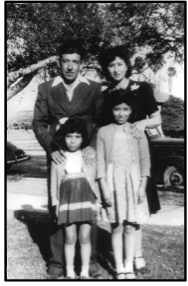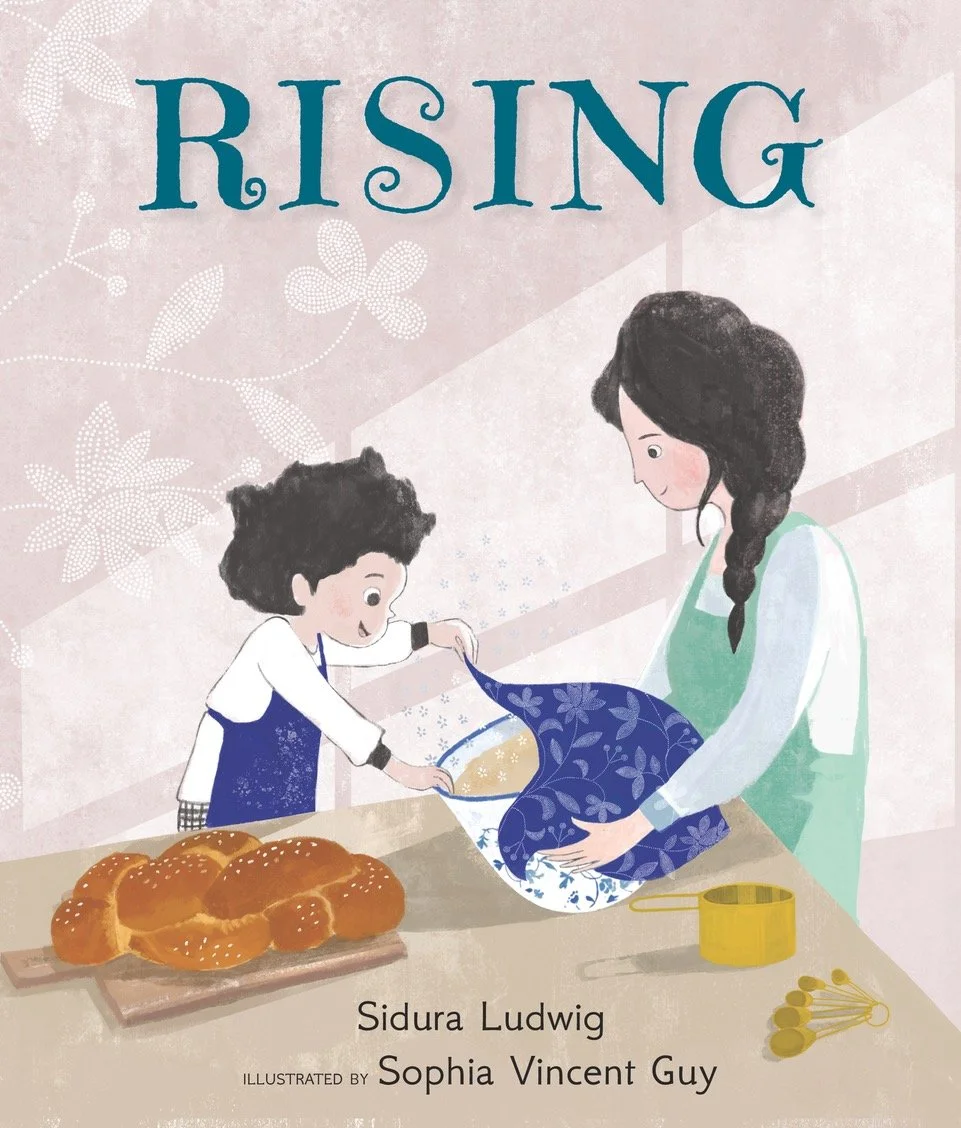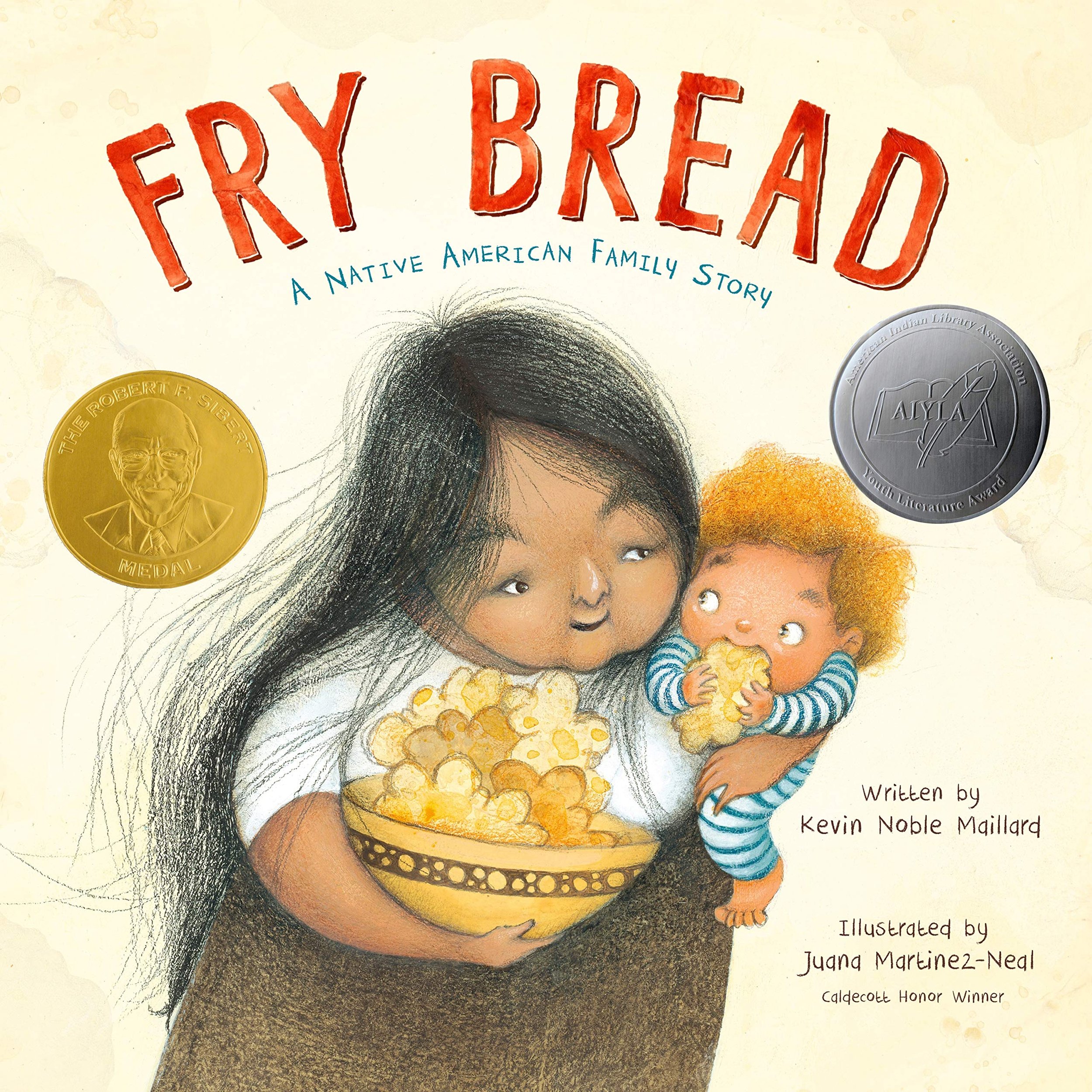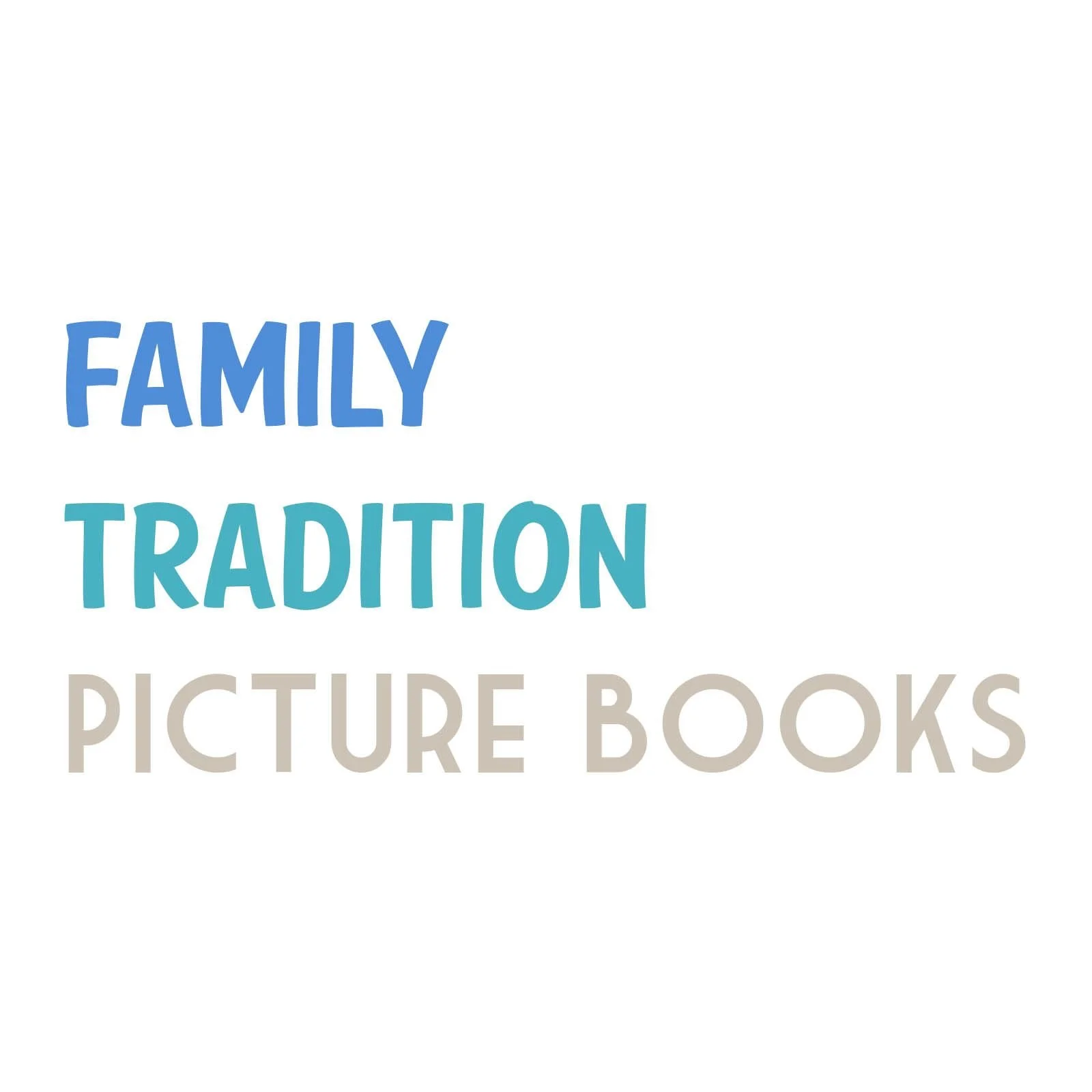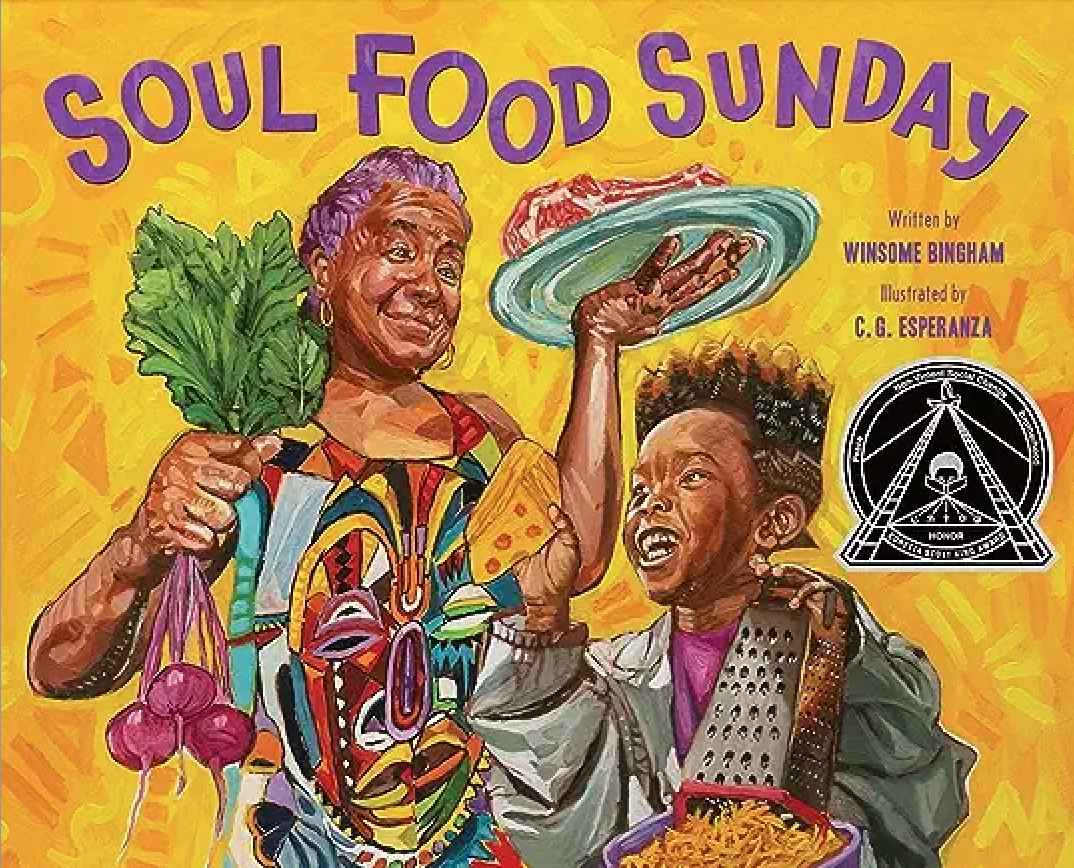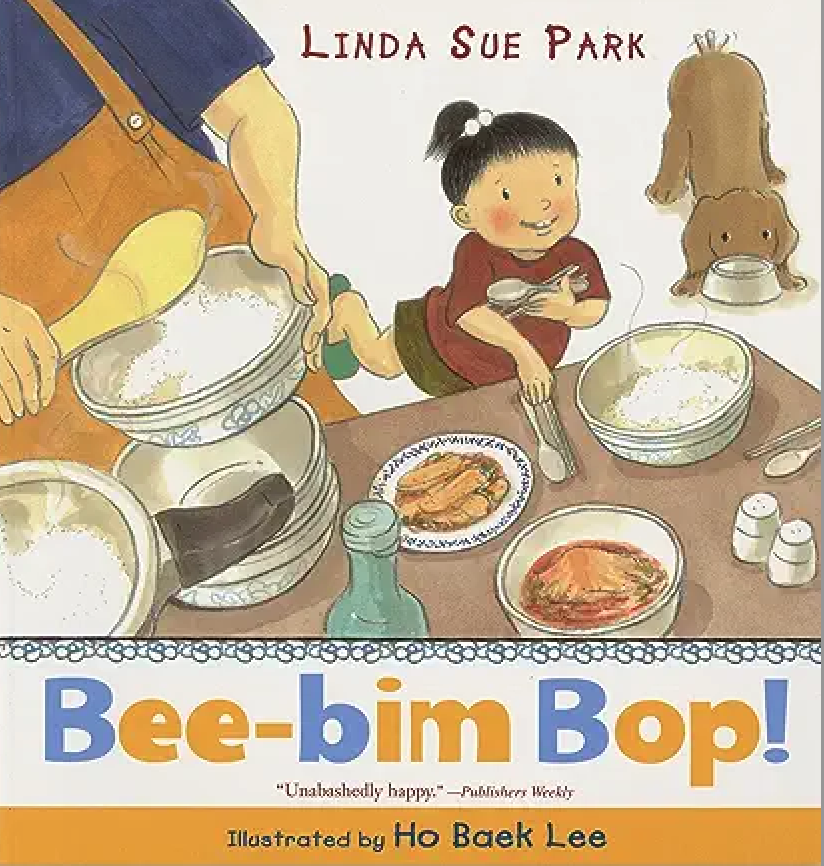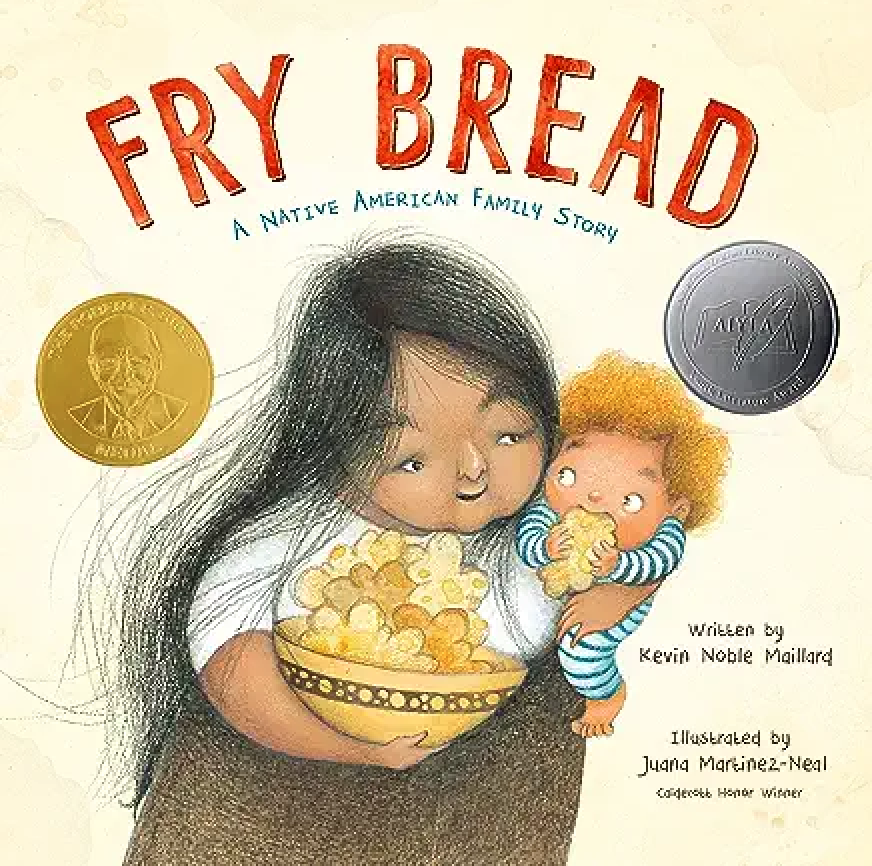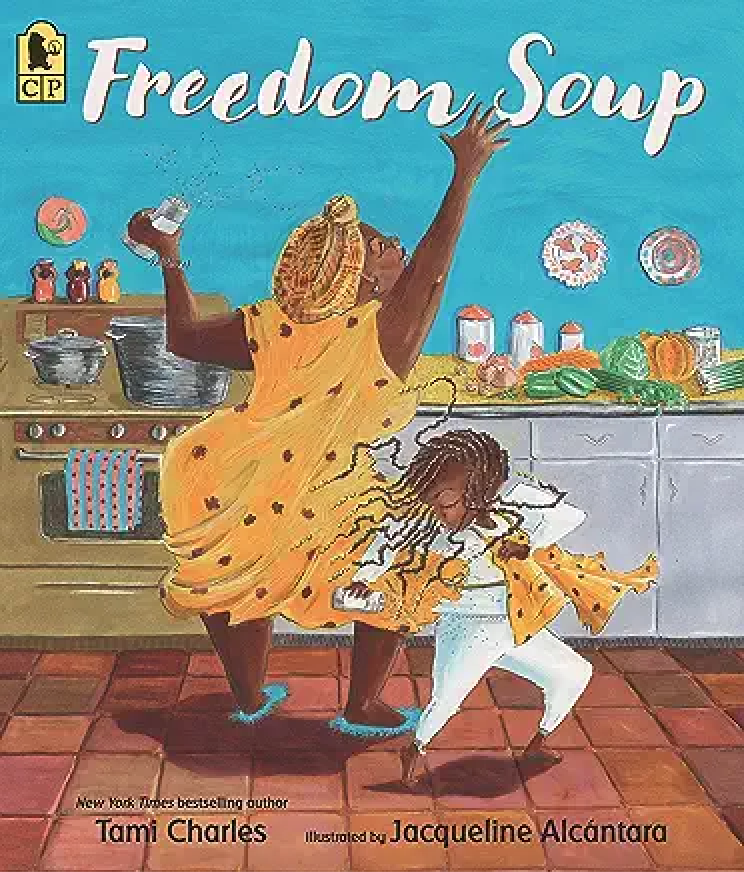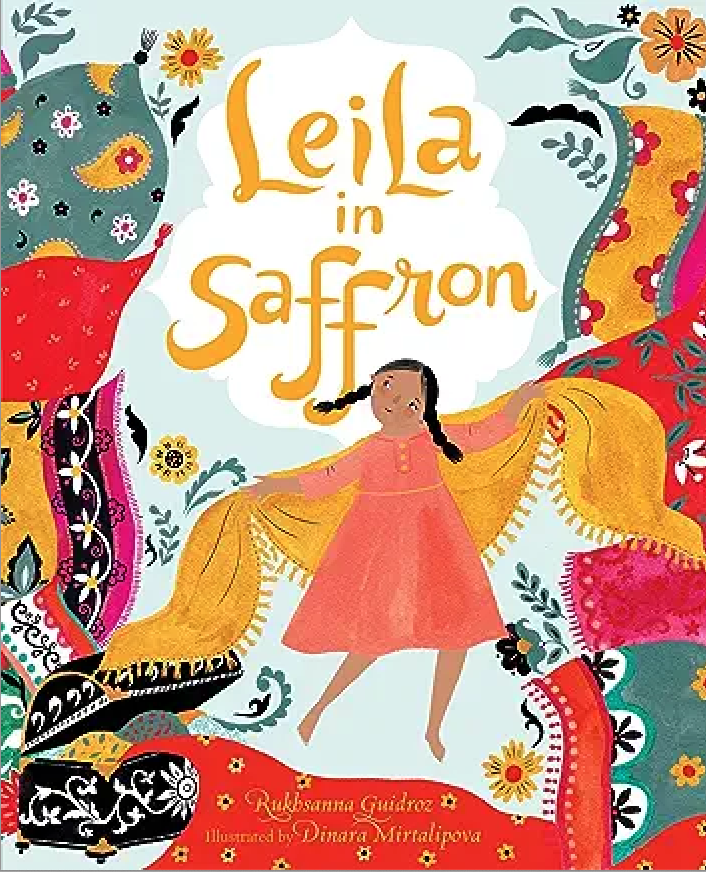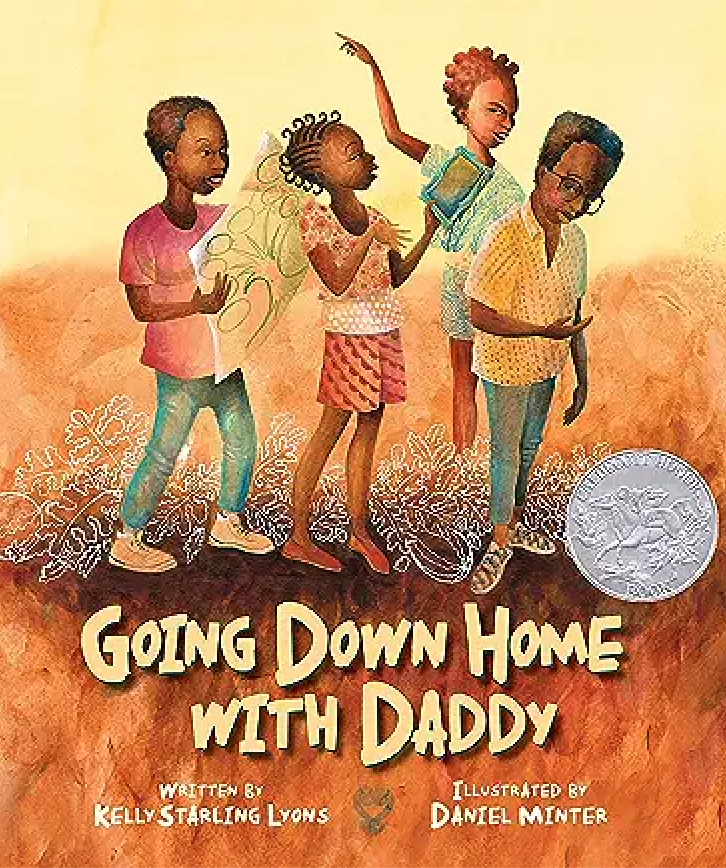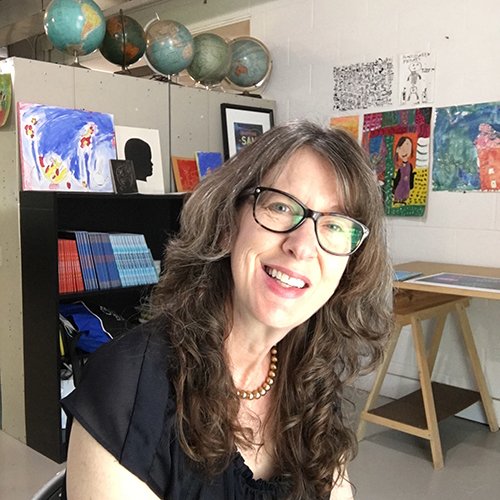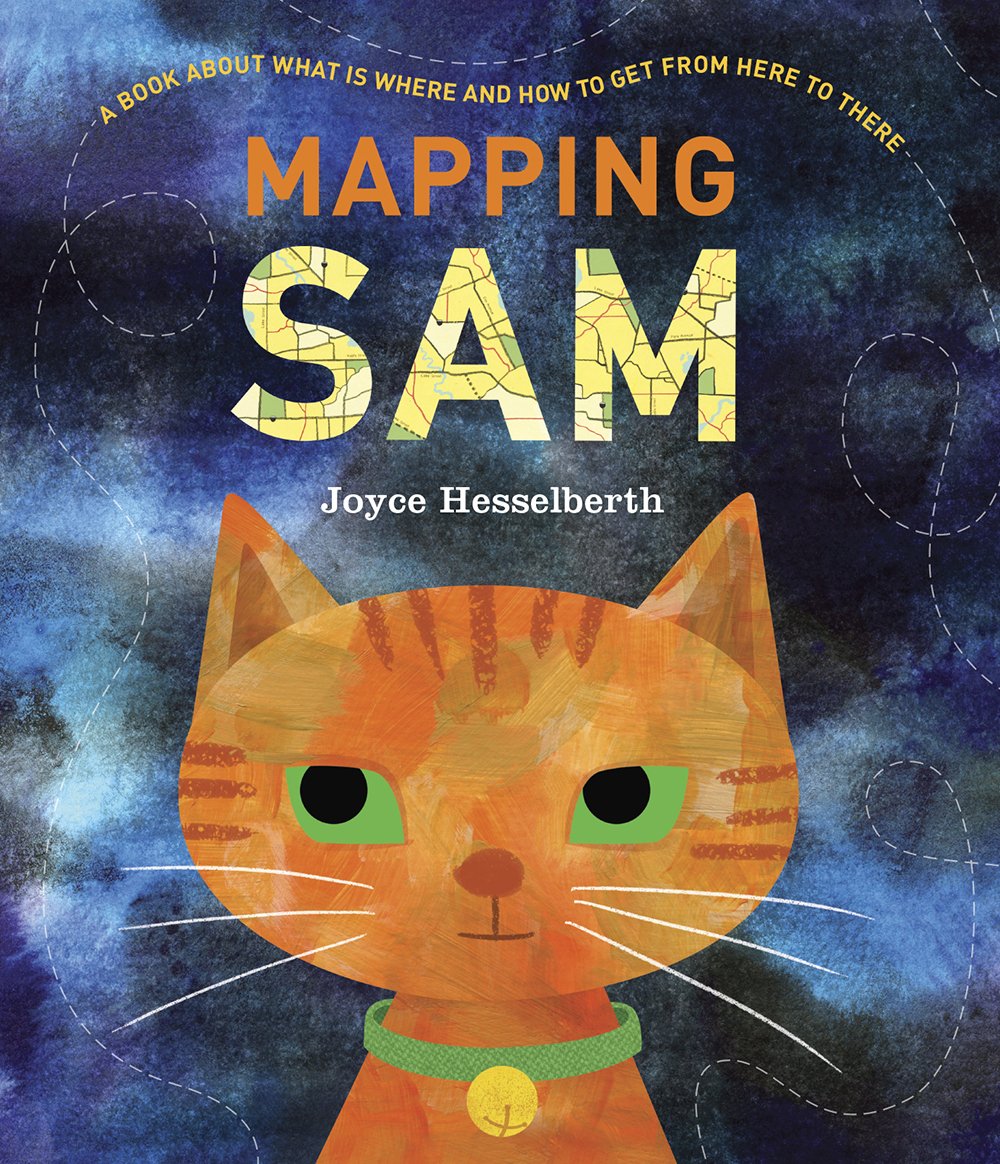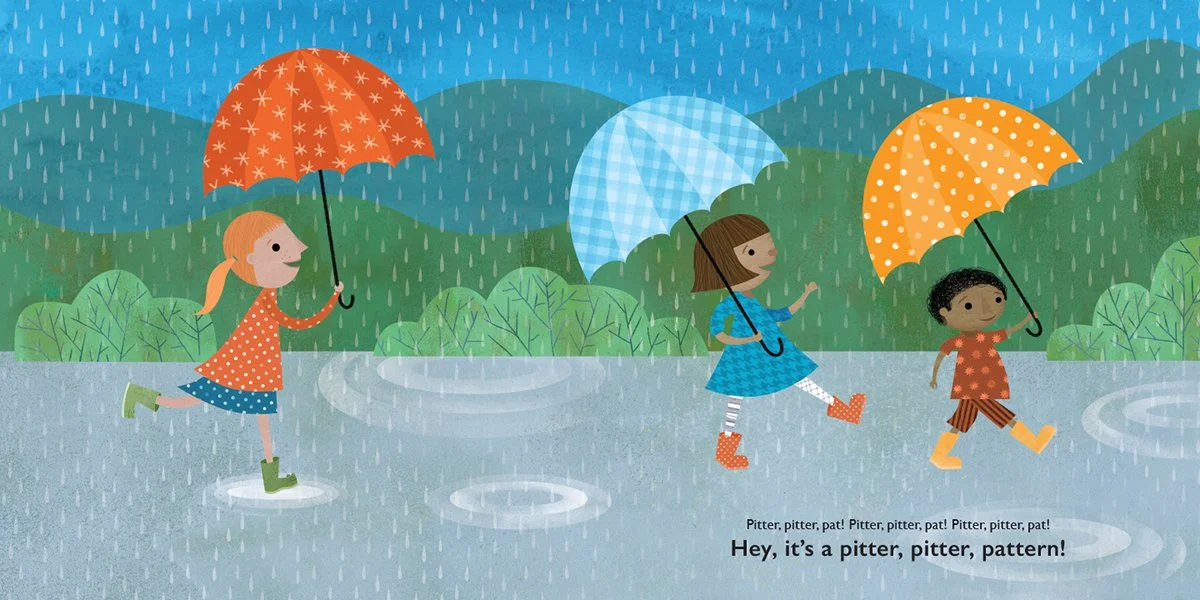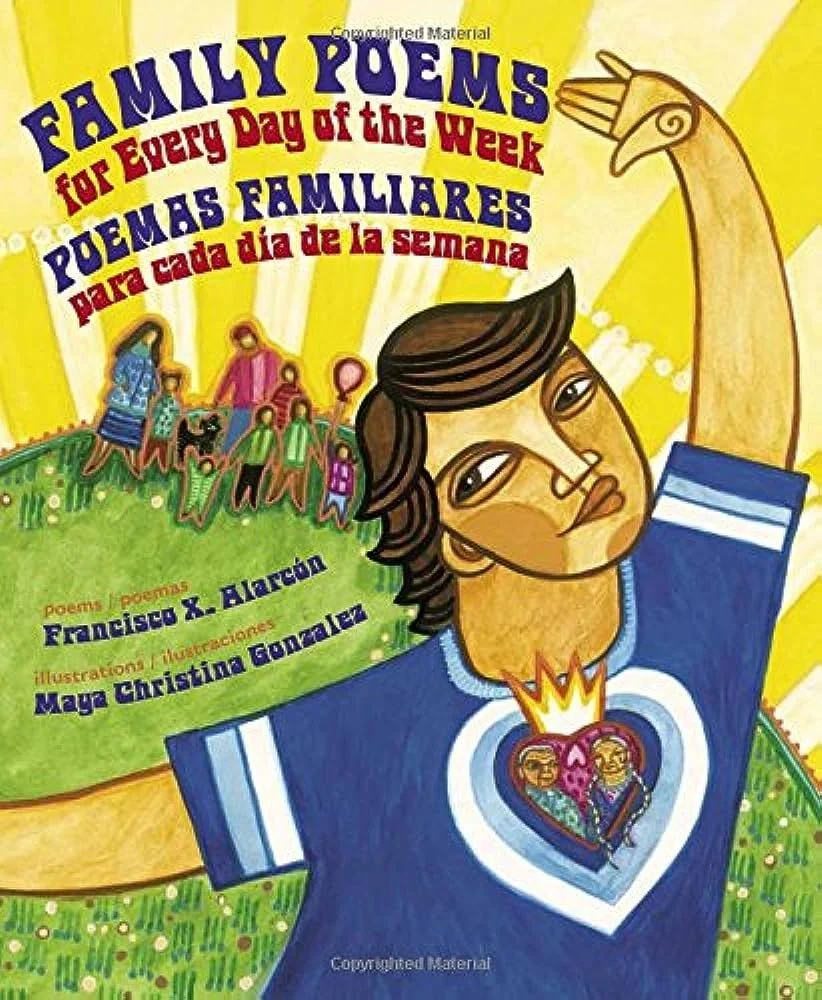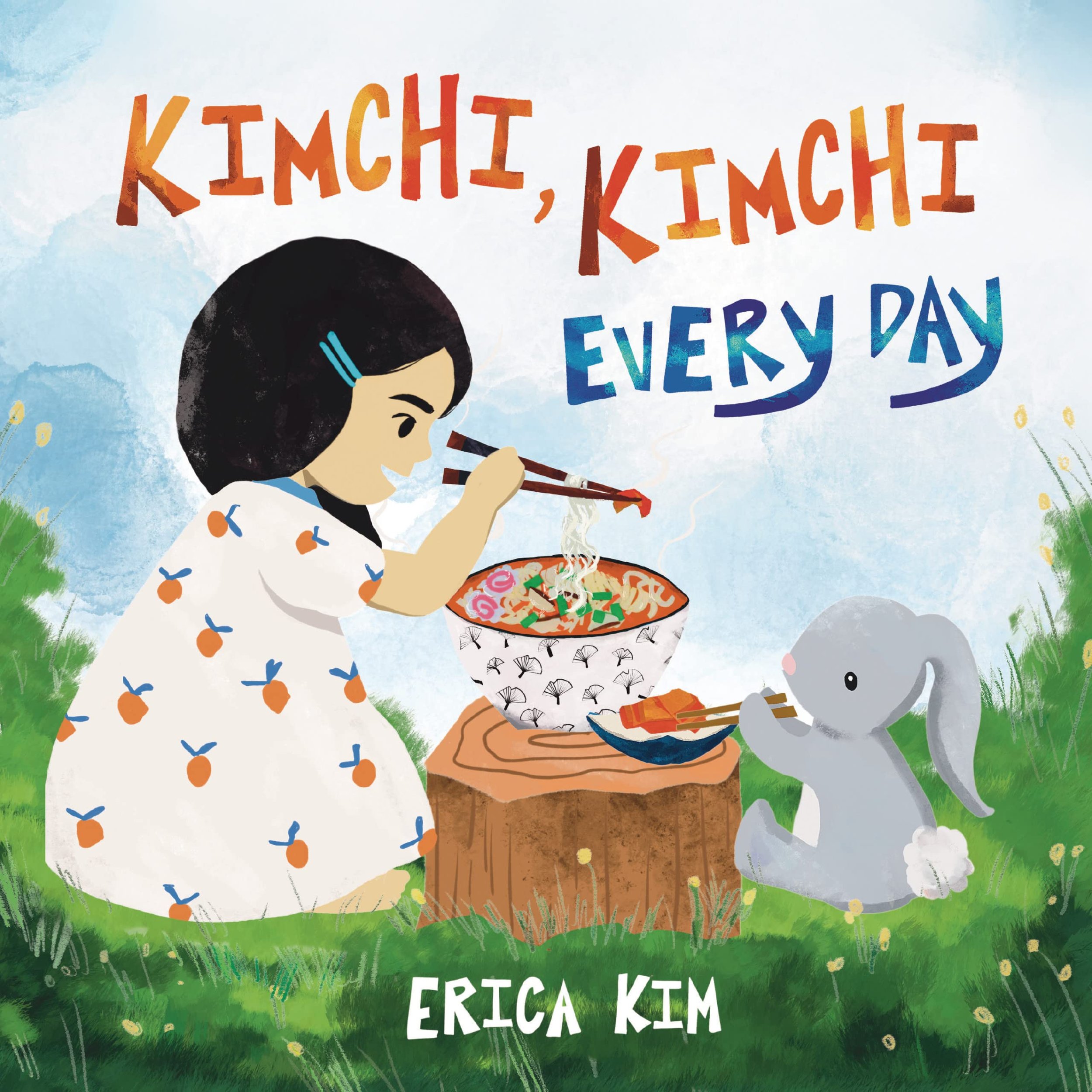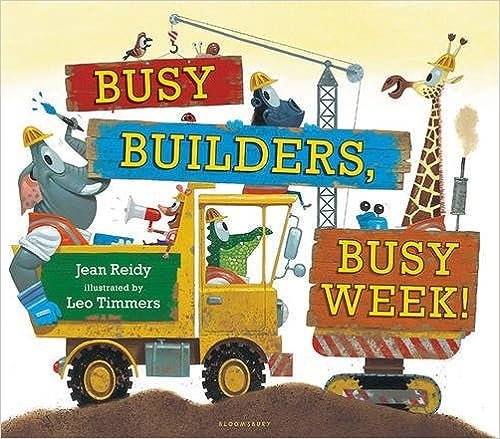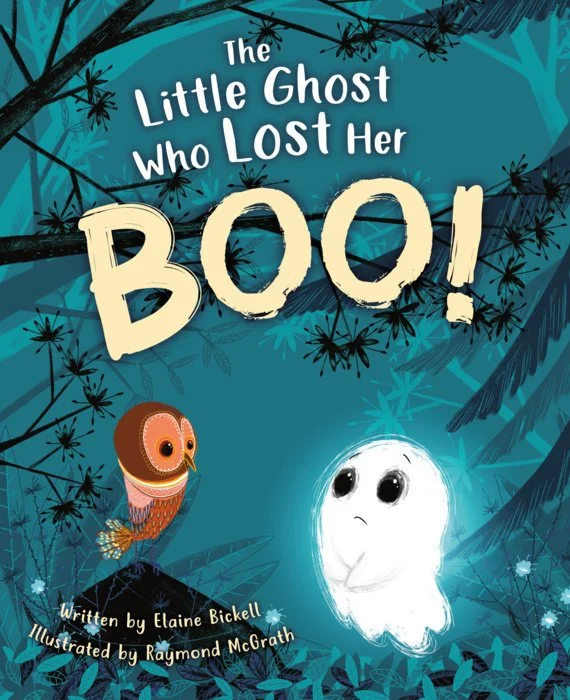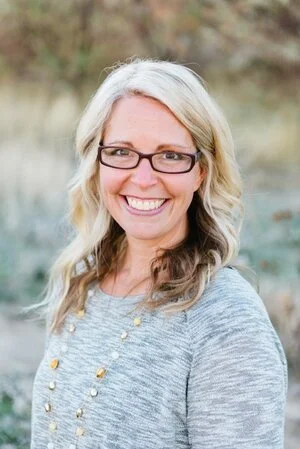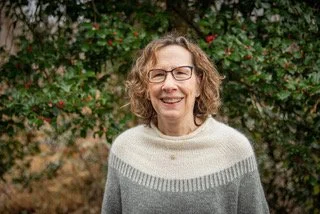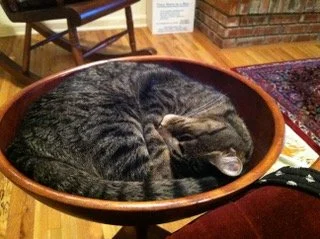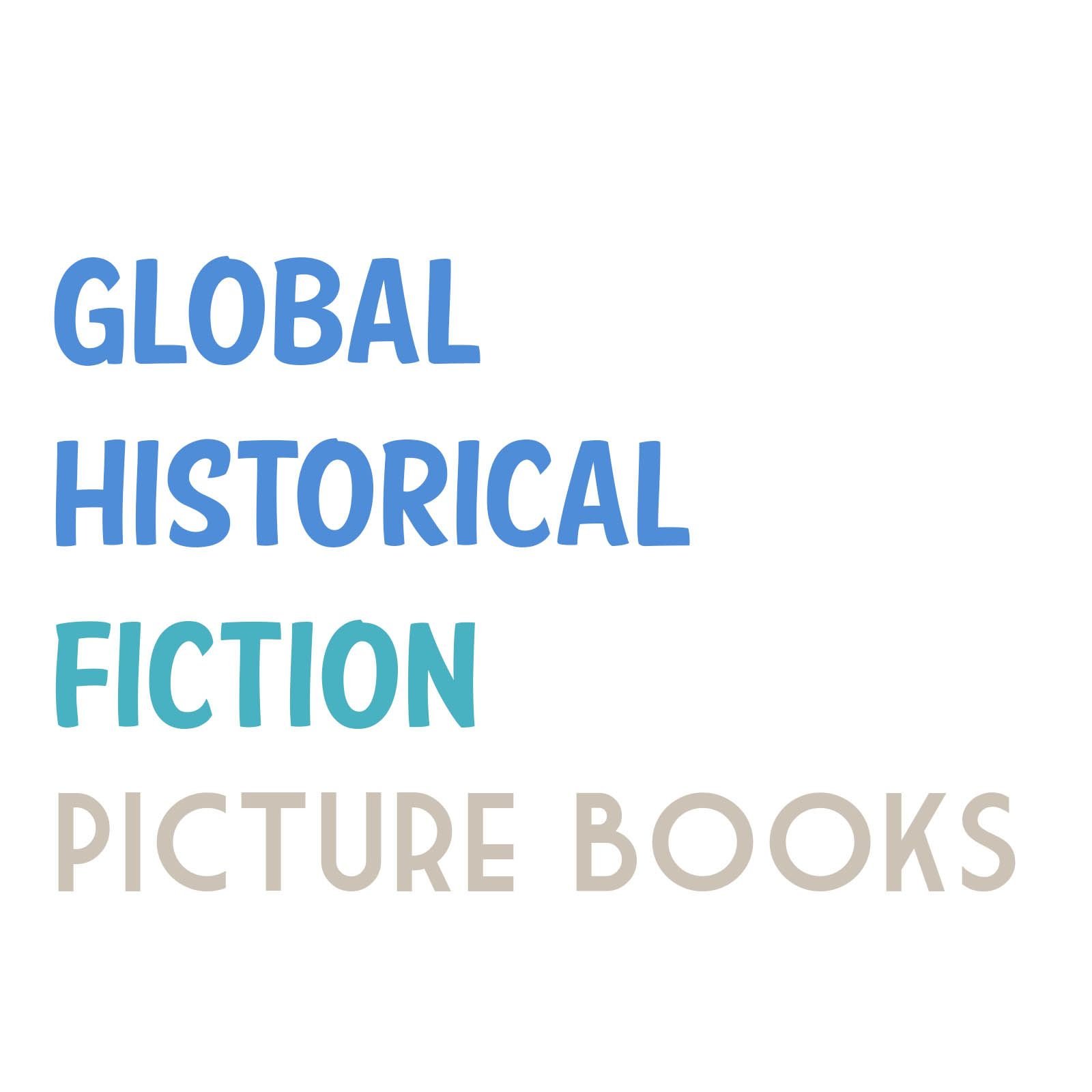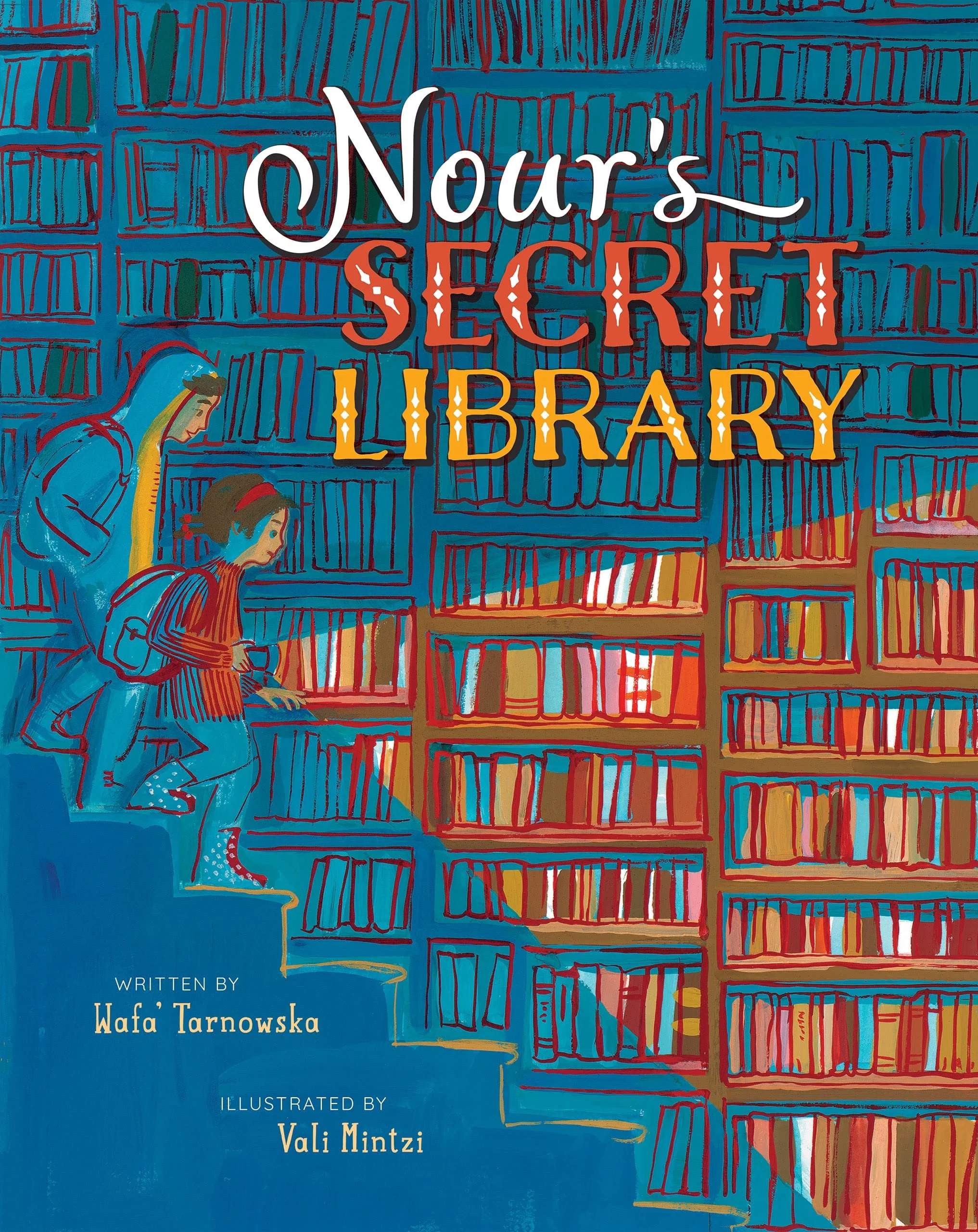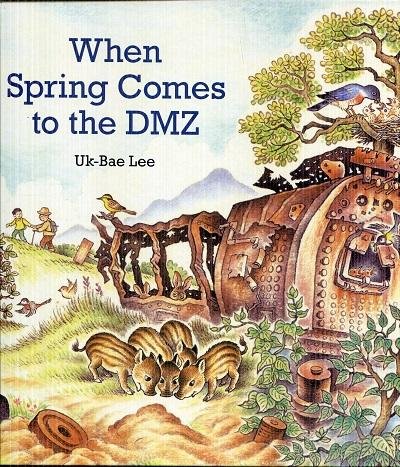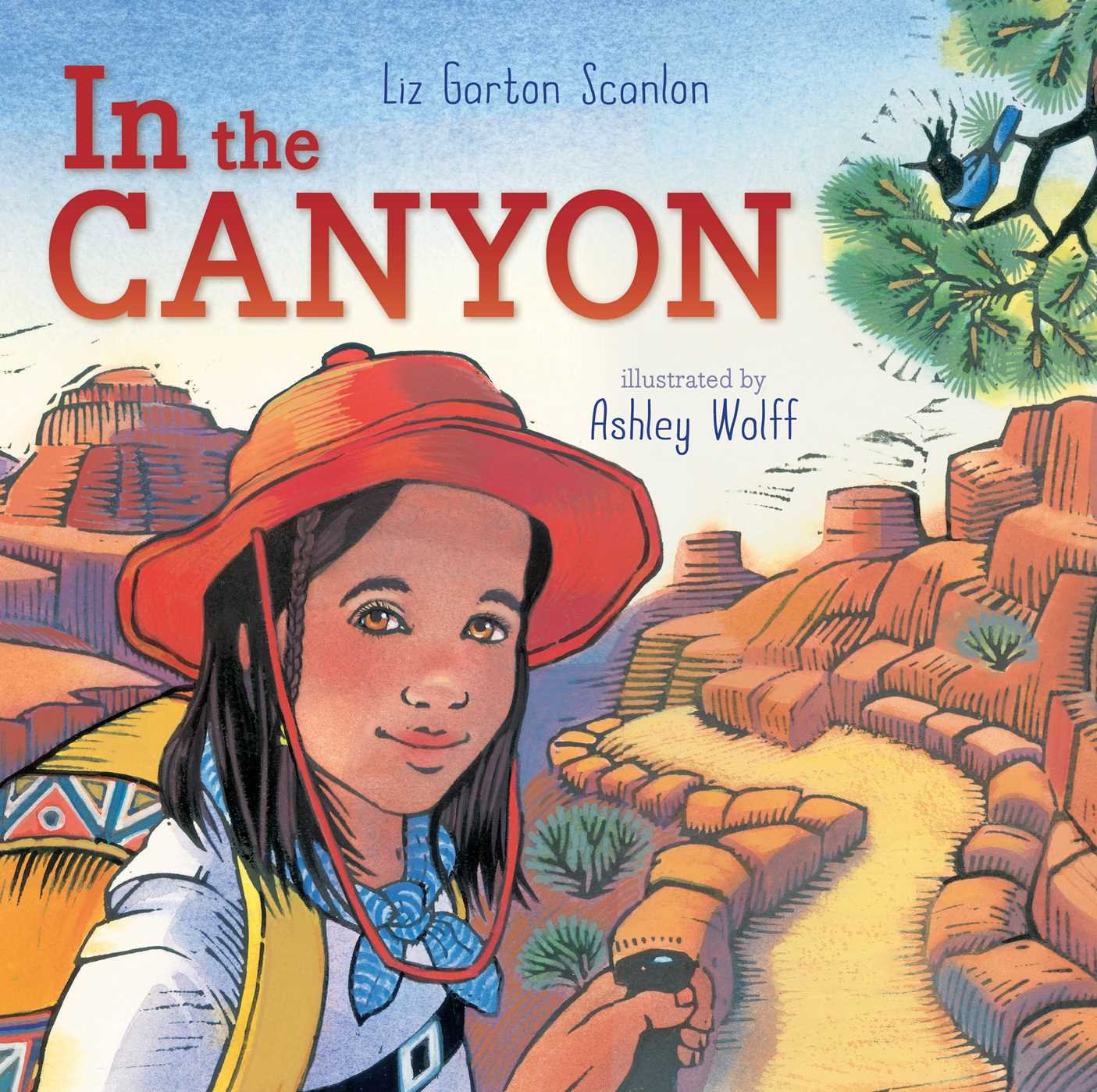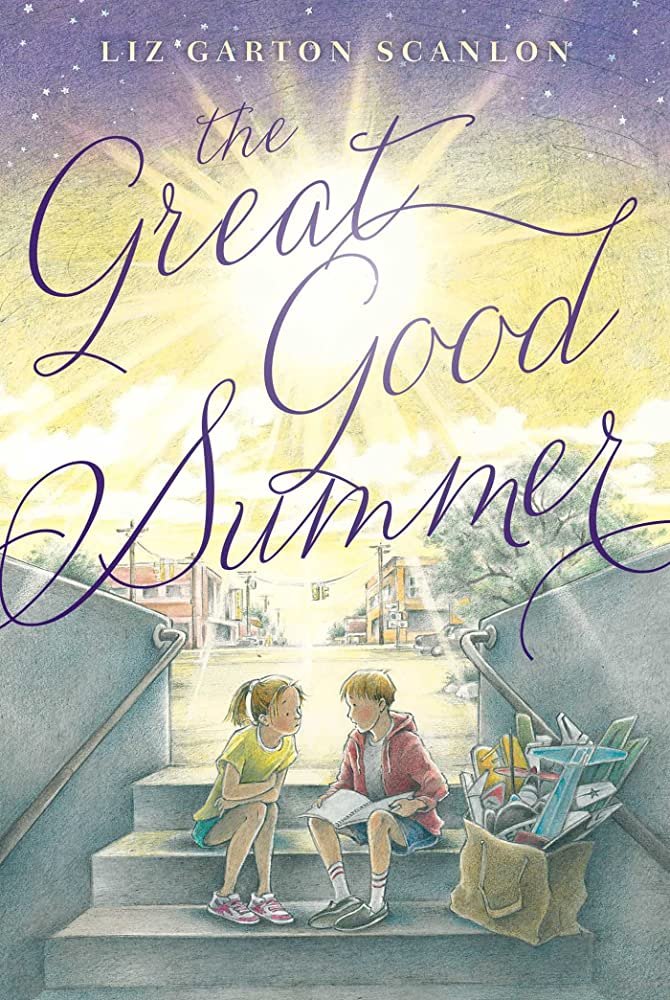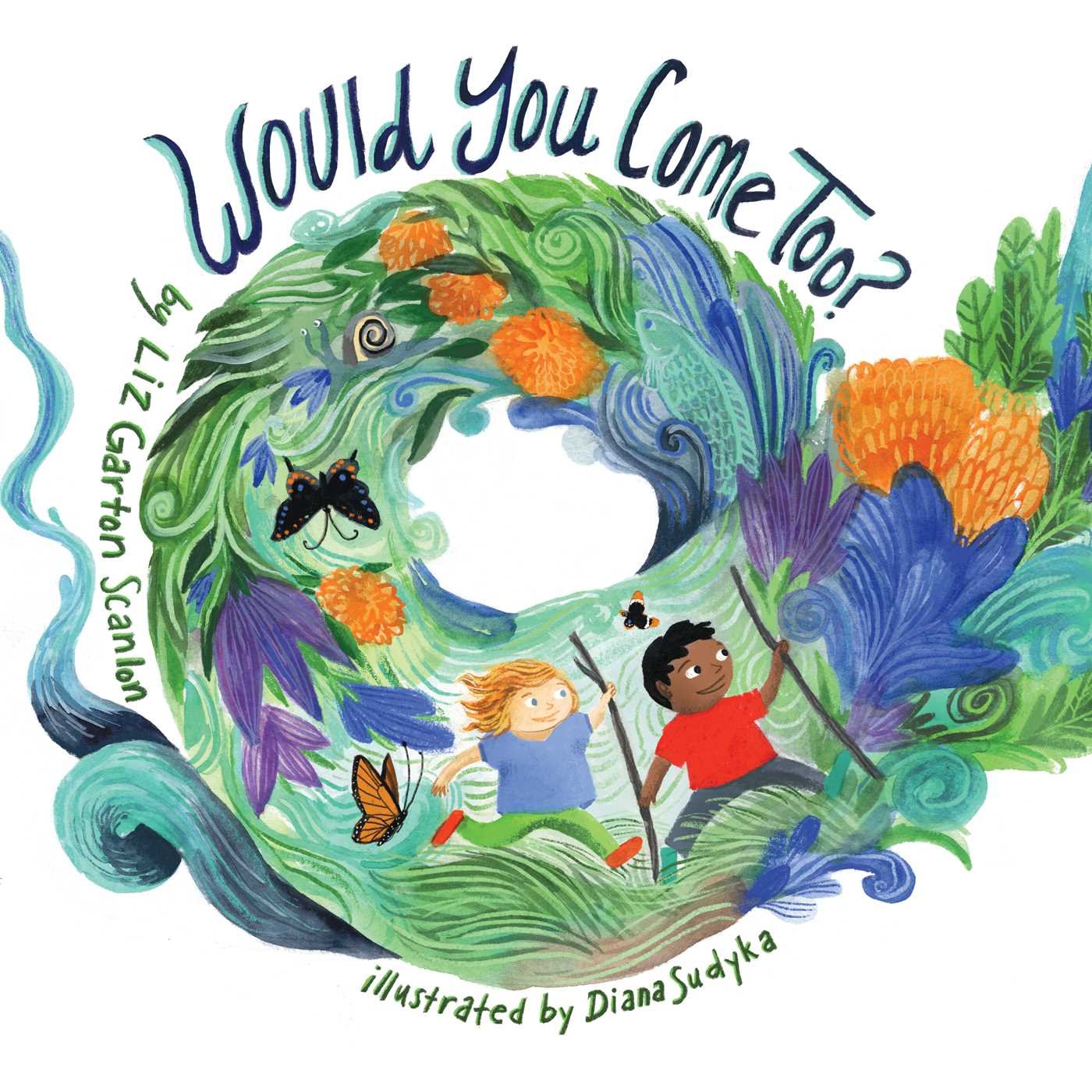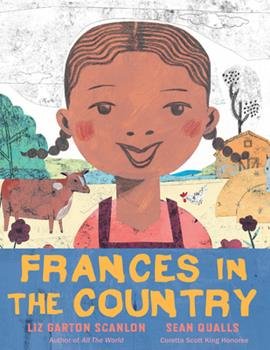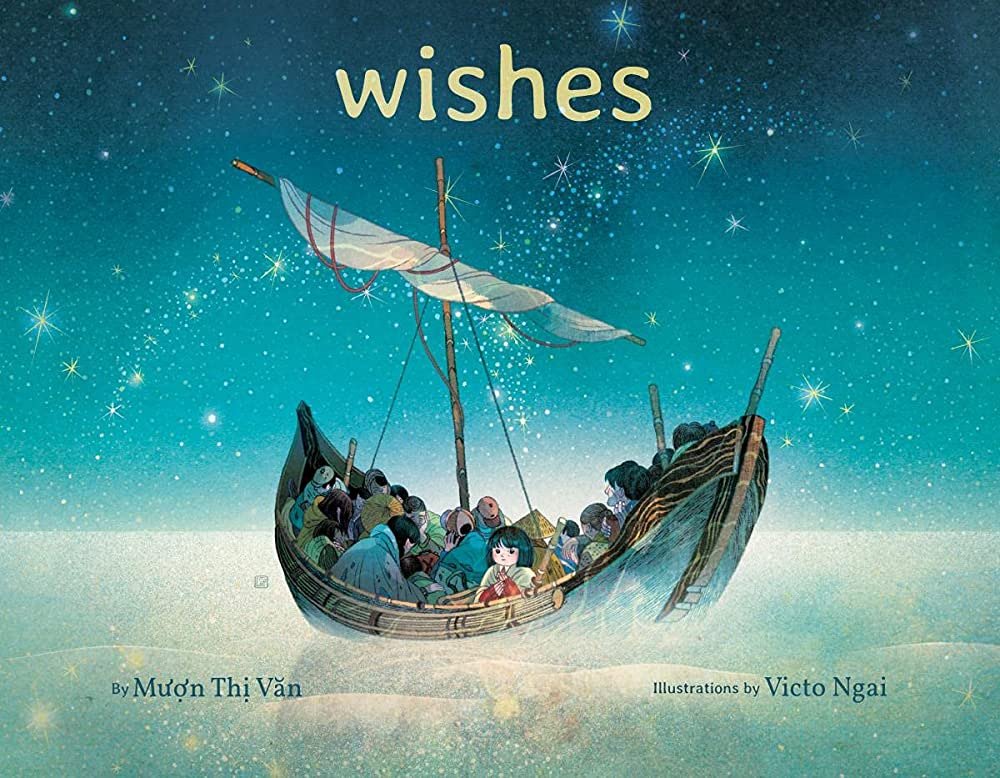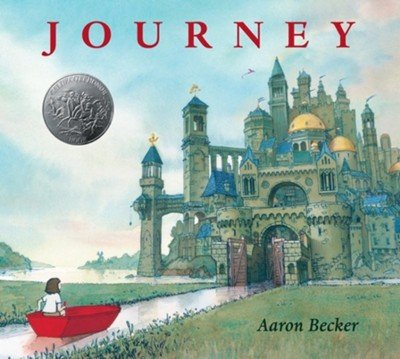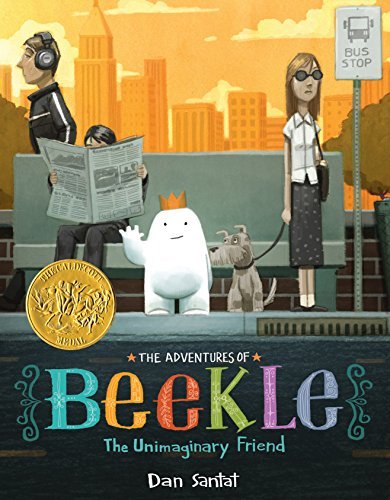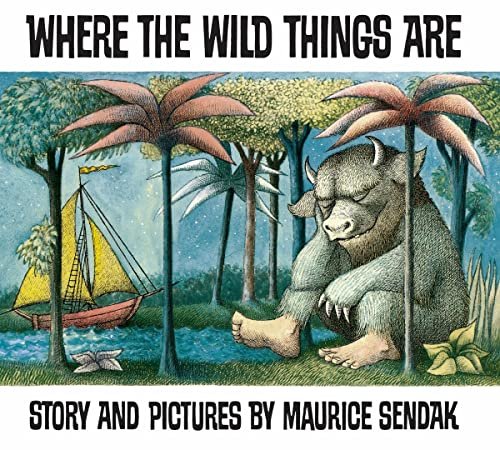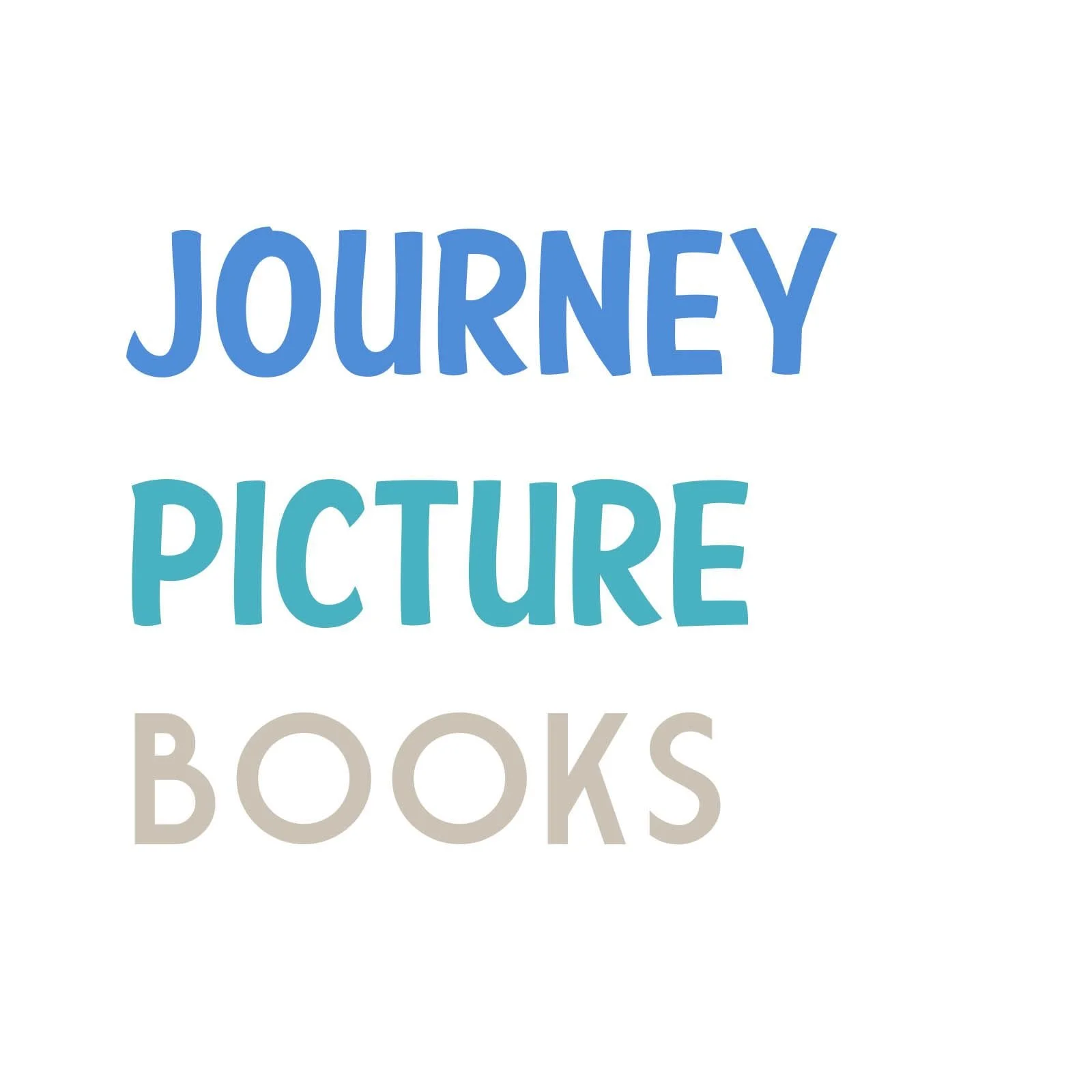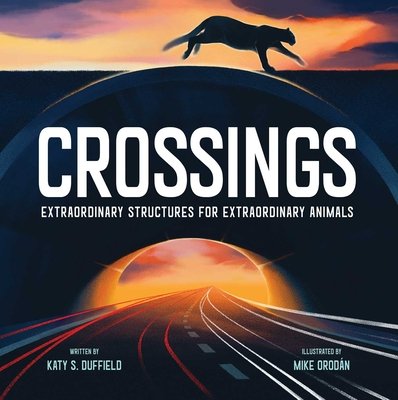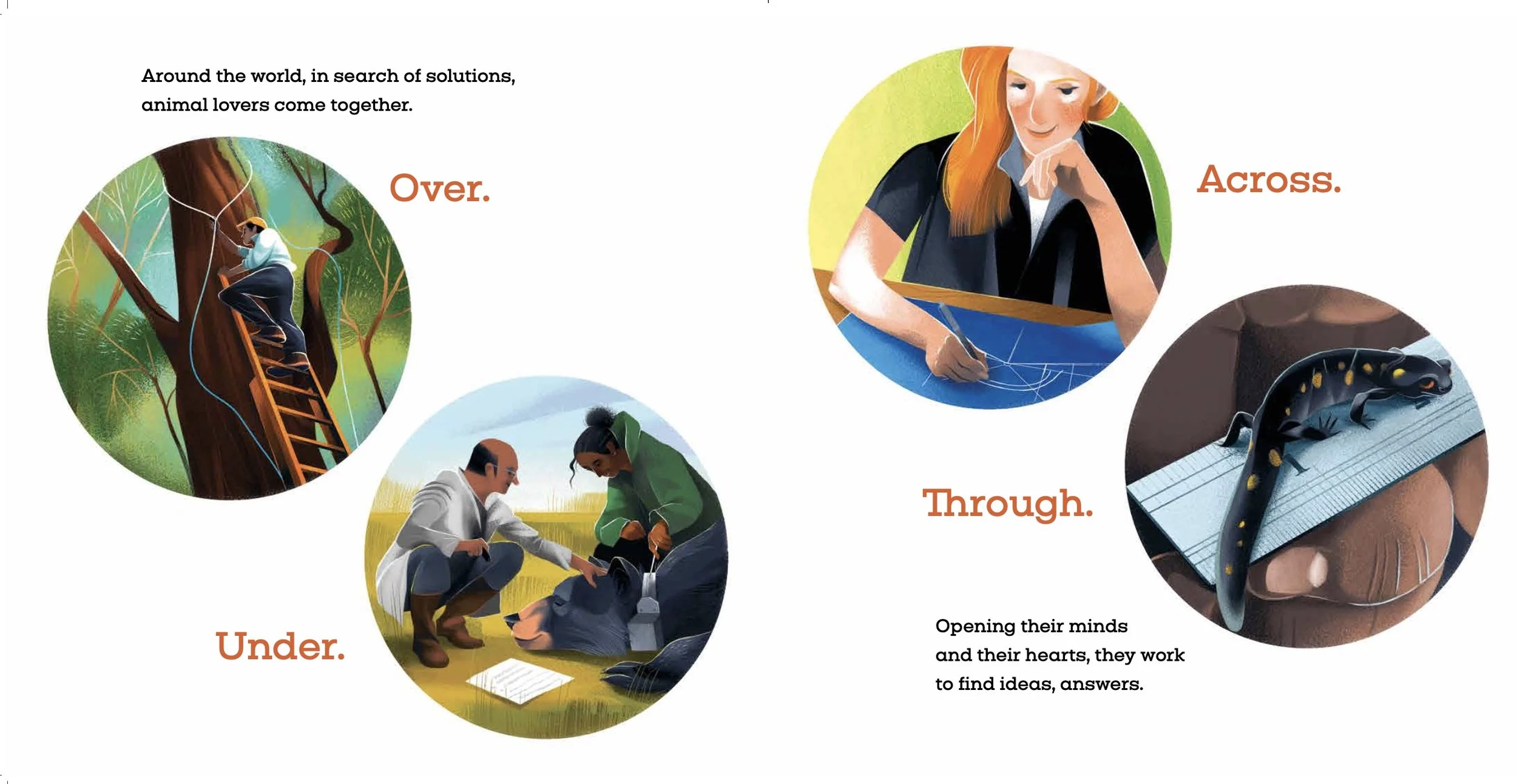We are so excited to have Susan Claus join us today to share information about Fable Retellings!
Susan Claus is a children’s librarian, writer, and illustrator from Pittsburgh, Pennsylvania. She is happiest outside on slightly rainy days. Susan makes sure to let her inner child out every day to play.
Short and sweet, or long and lush. There is no wrong way to serve them up.
“The Fox and the Grapes… The Boy Who Cried Wolf… The Grasshopper and the Ant” Chances are you could list a dozen Aesop Fables without much effort. You are in good company, since these stories have been delighting and teaching children since at least 400 BCE; long enough to have soaked into every corner of Western literature.
Children in Colonial America read the fables in chapbooks with simple woodcut illustrations, or heard them told as stories attributed to Uncle Remus. Aesop stories were some of the earliest picture books printed especially for children.
Was Aesop a real storyteller? Possibly, or maybe just a story himself. Legend has it he was an enslaved Greek, who managed to finagle his freedom by using his stories to solve his owner’s problems, and went on to council kings
[If you are interested in getting into the weeds of the real-or-imagined enslaved storyteller Aesop and his tales, I recommend Aesop & Company: With Scenes from His Legendary Life by Barbara Bader, illustrated by Arthur Geisert (Houghton Mifflin Company, Boston, MA, 1991). ]
Fables are short stories, sometimes no more than a paragraph or two. They are most often populated by animals (but not always). The animals display their animal natures, but are stand-ins for humans and human nature and foibles.
Fables are meant to be instructive, and while aimed at children, have resonance for adults. Fables generally include a “moral” at the end, a tidy summoning up, just in case you missed the point of the story.
The Aesop tales, being so concise, make them endlessly re-tellable. And conveniently, they’ve been in the public domain since before English was a written language.
An author can convey the lesson of the Tortoise and the Hare in fewer than 50 words, but enrich that summary by adding sensory elements- the smell of the forest, the sounds of the animals cheering for tortoise, the sunshine that lures the hare to sleep while the stalwart tortoise plods along the muddy path, and the story takes on lively depth and color.
Beautiful picture books versions have been done through the years by Arthur Rackham, Milo Winter, Brian Wildsmith, and Eric Carle. Here follows a list of some recent re-tellings of one familiar tale. They range from traditional, to literal out-of-this-world reimagining.
Jerry Pinkney’s retelling of The Tortoise & the Hare relies on the pictures to tell the story. The word count in this book? Twenty-seven.
The Tortoise & the Hare by Alison Ritchie and Nahta Noj has cut-out pages that add an element of suspense, as readers peep at the tortoise drawing closer and closer to the finish line.
Hare and Tortoise by Alison Murray keeps the traditional race intact, but serves up a side of good sportsmanship at the finish.
Tortoise and Hare: a Fairy Tale to Help you Find Balance by Susan Verde and Jay Fleck, part of the “Feel Good Fairytales” series, takes a turn for social/emotional learning with the moral that being too extreme in any direction isn’t healthy.
The Tortoise and the Jackrabbit by Susan Lowell and Jim Harris drops the story into the desert and gives us delightfully different supporting characters like tarantulas, javelinas, and roadrunners. There is a bilingual edition, too.
The Tortoise OR the Hare by Toni Morrison, Slade Morrison, and Joe Cepeda. The Morrisons turn the story on its head by having the hare win the race. Toni Morrison retold several Aesop tales in collaboration with her son in a series called “Who’s Got Game”.
HIP & HOP In The House! A Free-Flowing Tortoise and the Hare Collection by Jef Czekaj. One friend raps slowly, one friend raps fast; leaving the competition in, but the footrace out. Some retellings traveling farther and farther from earth: The titles probably tell you everything you need to know about these iterations of the fable.
The Tortoise and the Hare and the Jet Pack by Steven Novak.
Hare and Tortoise Race to the Moon by Oliver J. Corwin
The Tortoise and the Hare Space Race: Aesop’s Fables in Space by C. Carlyle McCullough
The Robo-Battle of Mega Tortoise vs. Hazard Hare (part of the Far Out Fables series) by Stephanie True Peters and Fernando Cano.
I could not resist adding :
Tortoise Vs. Hare: a children’s book on Tort Law by Jessica Barnhart Stackhouse. This book proves there are no limits to retelling this Aesop tale. If you need inspiration to do your own retelling of these classic fables, search out a copy of The Aesop for Children by Milo Winter. Originally published in 1919, it has been a staple of library shelves ever since. The illustrations are lovely, and you get a banquet of 126 bite-size Aesop fables to choose from.

